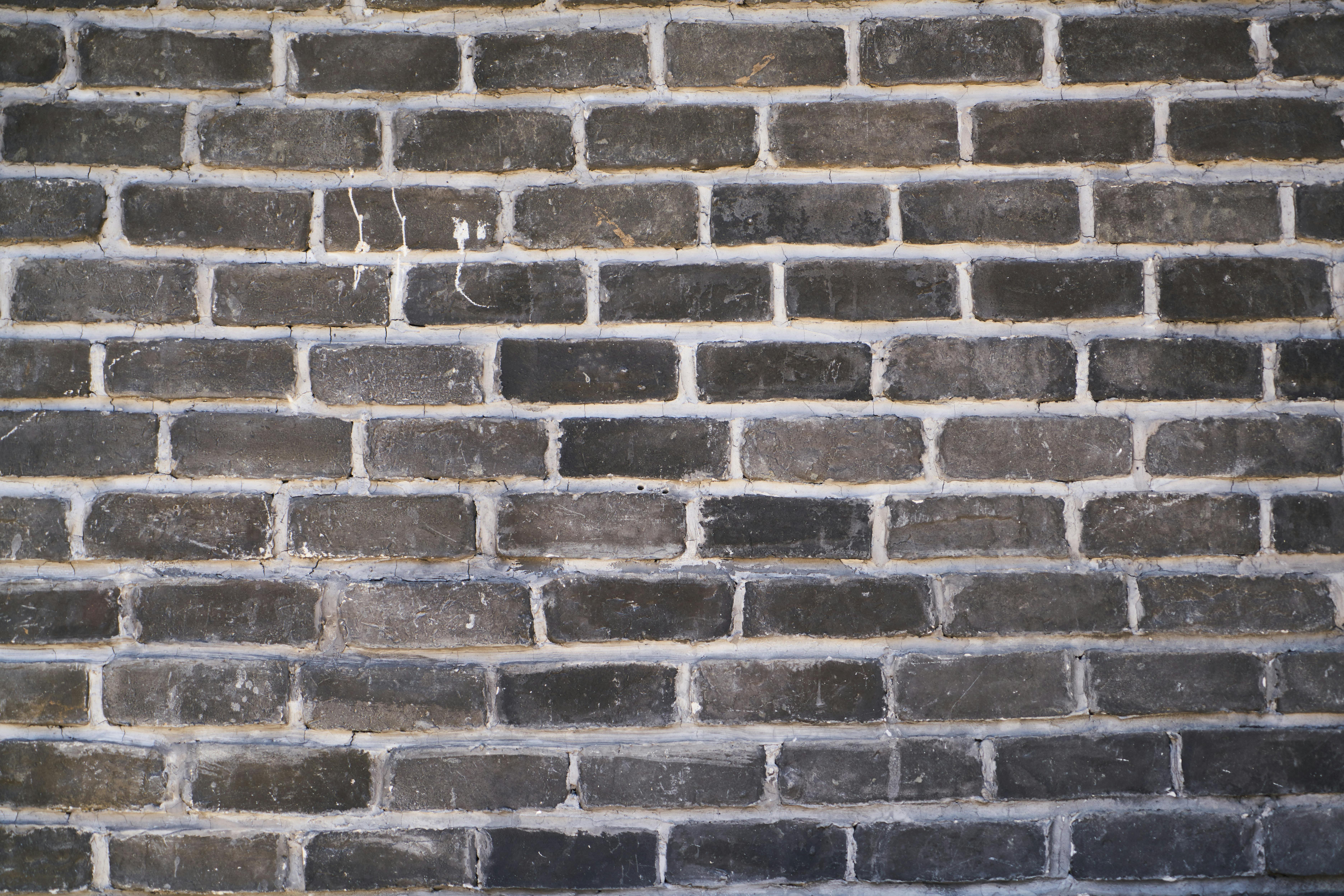
Effective Ways to Properly Wash Your Hat in 2025
Maintaining clean and fresh hats is crucial for prolonging their lifespan and retaining their aesthetic appeal. Whether you're a daily hat wearer or just occasionally donning your favorite cap, knowing how to properly wash your hat is essential. Dirty hats can accumulate sweat, dirt, and unwanted odors, making it necessary to employ effective hat cleaning methods.
In this article, we’ll explore various techniques on washing hats, from machine washing to hand washing caps, while also highlighting the importance of fabric care. You'll discover the best practices for maintaining the shape of your hats, how to remove stains, and the right detergents to use. After reading, you'll be equipped with the knowledge to keep your hats looking their best. Let's dive into the world of hat care tips!
Understanding Different Fabrics for Hats
Before you embark on washing your hats, understanding the fabric types is crucial in determining the best cleaning method. Hats can be made from various materials such as cotton, wool, leather, and blends, each requiring specific care to maintain their quality.
Identifying Hat Materials
Common fabric types for hats include:
- Cotton: Breathable and easy to wash, cotton hats can typically be machine washed or hand washed carefully.
- Wool: Wool hats require gentle cleaning methods due to their tendency to shrink. Hand washing is often recommended.
- Leather: Cleaning leather hats necessitates specific maintenance products to protect the material's integrity.
- Mesh: Often used in trucker hats, mesh is durable but can sometimes require spot cleaning to avoid damage.
Understanding these differences in washing methods not only helps in choosing the correct cleaning approach but also prevents potential damages to the hats.
How Fabric Type Influences Washing Techniques
The method you choose to wash your hats significantly depends on the fabric type. Machine washing may be tempting for convenience, but it’s important to consider the sensitivity of the materials.
For instance, wool hats often need delicate care to avoid shrinkage, whereas cotton hats might withstand a more vigorous clean. Always check the care label on your hat for specific instructions.
Testing Materials for Compatibility with Cleaning Products
Conducting a patch test is a safe practice before applying any cleaning solutions. This involves applying a small amount of detergent on an inconspicuous area of the hat to ensure there are no adverse reactions such as discoloration.
By recognizing different fabric types and how they respond to various detergents, you can confidently embark on the hat washing journey.
Hand Washing Caps: A Step-by-Step Guide
Hand washing is often the safest option for cleaning most hats, especially delicate materials. Here’s a simple guide on how to wash a hat effectively by hand.
Gathering Necessary Supplies
Before diving into your cleaning process, collect the following supplies:
- Cold water
- Gentle detergent (look for eco-friendly options)
- A soft-bristled brush or cloth
- Towels for drying
Using the right tools while washing caps ensures you don't damage the fabric while effectively lifting dirt.
Preparing the Hat for Washing
Remove any parts that could potentially get damaged during washing, such as removable straps or patches. If there are stubborn stains, pre-treat these areas with your chosen detergent. Soaking the hat in cold water for around 10-15 minutes can loosen any embedded debris.
Step-by-Step Hand Washing Instructions
1. Fill a basin with cold water and add a small amount of detergent.
2. Gently submerge the hat and let it soak. Avoid aggressive scrubbing that might distort its shape.
3. Use a soft toothbrush or cloth to gently scrub areas with dirt or grime.
4. Rinse thoroughly with cold water to remove all detergent.
5. Pat the hat with a towel to remove excess water without twisting it, which helps maintain its shape.
The hand washing technique protects your hats while ensuring they remain clean and fresh.
Machine Washing Hats: Precautions and Techniques
Machine washing hats can be effective for certain durable types, but it requires caution to avoid damaging their structure.
Choosing the Right Washing Settings
When it comes to washing hats in a machine, the settings you use can make a significant difference. The key is to opt for gentle cycles with cold water. High-spin cycles can lead to heavy distortions or loss of shape.
Using a Protective Hat Cage
Investing in a hat cage can protect your cap while it's in the wash. These cages hold the hat's shape during the washing process and prevent it from getting crushed against the drum.
Best Practices for Machine Washing Hats
Always refer to the care labels and follow these tips:
- Avoid overloading the washing machine, as this can cause excessive tumbling and damage.
- Use a mild detergent designed for delicate items.
- Remove the hats promptly after washing to avoid mildew and bad odors.
By incorporating these precautions, you keep your hats in optimal condition even with machine washing.
Drying Hats: Techniques for Quality Preservation
Proper drying techniques play a pivotal role in preserving the quality and shape of your hats post-washing. Here are the recommended methods.
Air-Drying vs. Heat Drying
Air drying is the best method for drying hats as it prevents shrinkage and maintains their structure. Lay the hat flat on a clean towel in a well-ventilated area, away from direct sunlight. This ensures no fading of colors occurs. On the other hand, using heat, such as a dryer, can cause fabric damage or warp the shape.
Using Towel Techniques for Shape Maintenance
After washing, gently reshape the hat and use a towel inside the crown to absorb moisture and maintain its original shape.
Best Practices for Long-Lasting Drying Results
Checking for complete dryness before storing is crucial. Hats that store partially damp can develop mildew, creating unwanted odors. Regularly assessing the hat's condition during the drying process ensures spot-free caps ready for wear.
 example.com/image2.png
example.com/image2.png
Removing Stains: Tips and Tricks
Stains on hats can be particularly pesky, but employing effective techniques can make all the difference.
Identifying Common Stains
The most common types of stains include sweat, dirt, oil, and food spills. Each type may require different cleaning solutions to effectively lift the stain without damaging the fabric.
Spot Treatment Techniques
For immediate stain care, blot the stain with a soft cloth to absorb excess liquid. Avoid rubbing, as this can push the stain deeper into the fibers, making it harder to remove. Pre-treating with an appropriate cleaner before washing can yield better results.
Utilizing Natural Solutions for Stain Removal
Simple household products like vinegar or baking soda can effectively treat certain stains while being gentle on fabrics. Create a mixture and test it on a discreet area before applying it to the stain directly.
By applying these removal techniques effectively, you can tackle any challenges with stains on your hats.
Seasonal Hat Care: Best Practices
As seasons change, so do the challenges associated with hat care. Understanding these can help maintain your hat collection.
Adapting Care Techniques throughout the Year
In winter, be mindful of moisture and heat that can warp hats, while summer calls for regular cleaning to tackle sweat and oils. Tailoring care techniques according to the season can prolong your hats’ usability.
Storing Hats for Longevity
Proper storage is essential when it comes to maintaining the shape and condition of your hats. Use hat boxes or racks to avoid crushing shapes during off-seasons, ensuring freshness and readiness for when you need them.
Regular Maintenance Tips
Regular cleaning and maintenance should be done based on frequency of use; monthly cleaning for frequent wearers, and quarterly for occasional users are recommended. Staying proactive in your cleaning routine will keep your hats looking new.
 example.com/image3.png
example.com/image3.png
Conclusion: Embracing Smart Hat Care
Implementing effective hat care strategies ensures that your favorite hats continue to look their best while serving their purpose. From hand washing techniques to shedding light on the materials, understanding the ins and outs of hat cleaning is critical to preserving their quality.
By staying informed and proactive, you’ll not only enhance the longevity of your hat collection but also maintain their aesthetic appeal. Following these tips will enable you to enjoy your hats for years to come, allowing you to put your best foot forward.